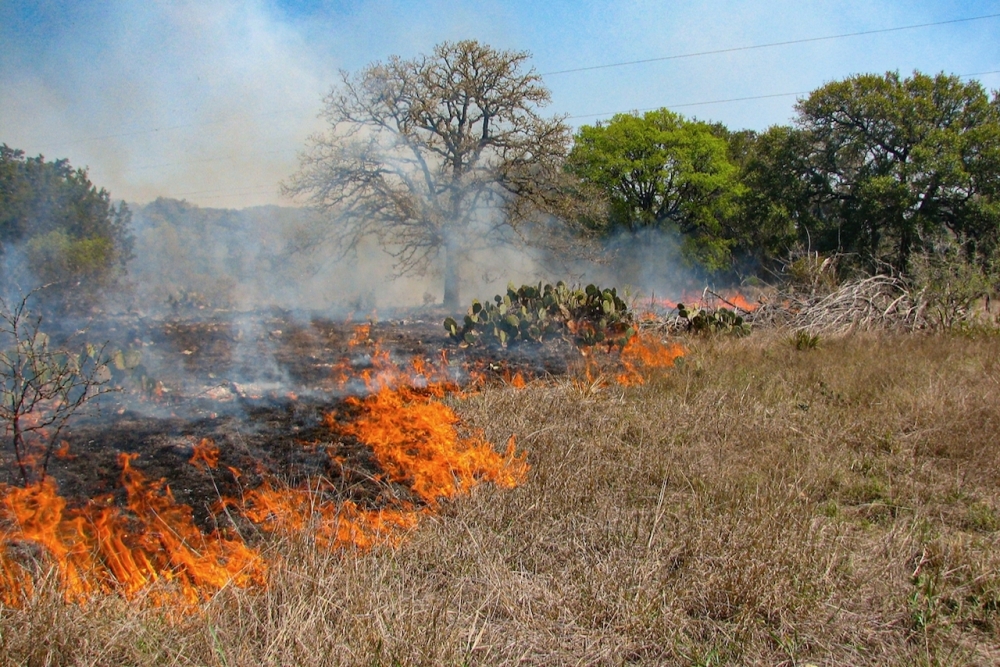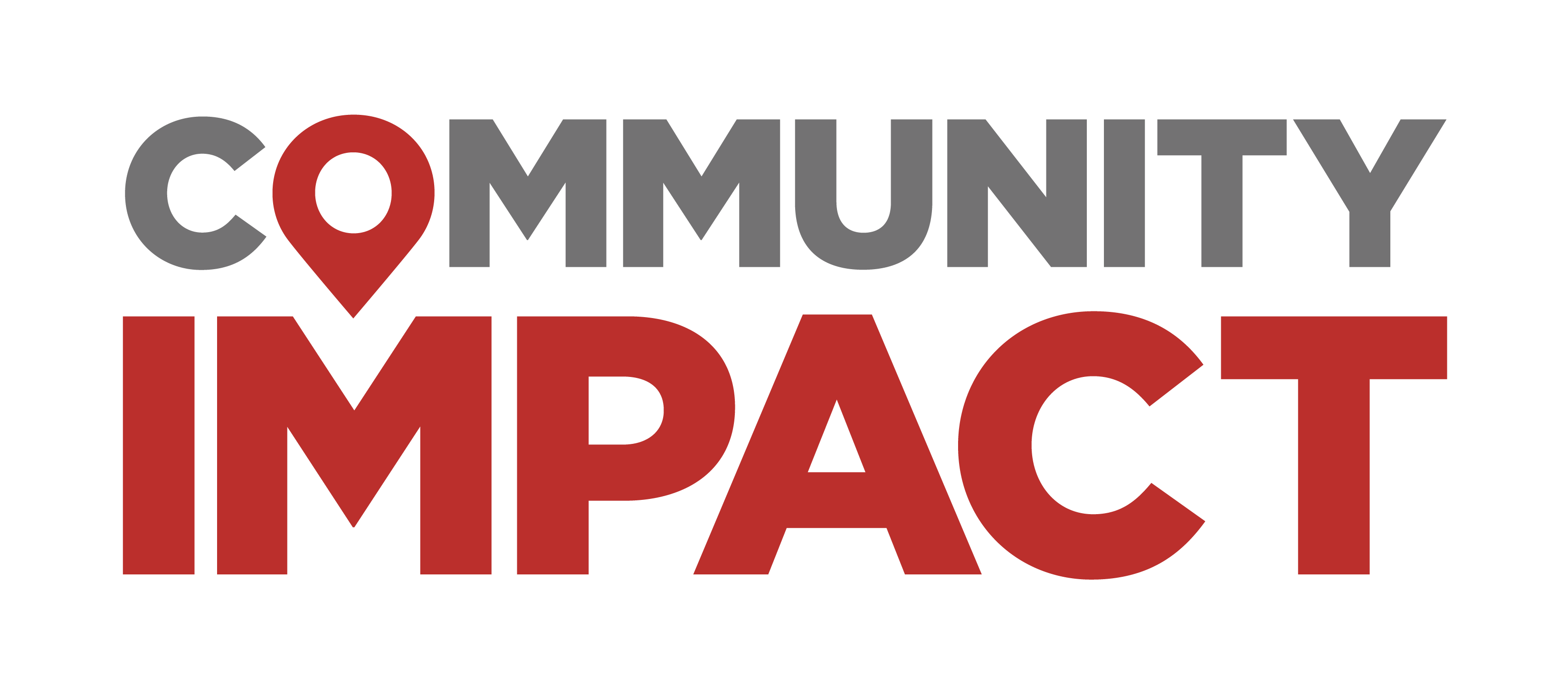What happened
City Council voted to reserve tens of millions in city funds for tree trimming and other wildfire mitigation work in public spaces. New vegetation management contracts approved Jan. 30 include:
- Up to $42 million over six years to Wright Tree Service Inc. for trimming around Austin Energy power lines based on routine maintenance, individual customer requests, storm-related incidents and city projects. AE currently has $5.25 million available for the program, with the rest left to be allocated in future budgets.
- Up to $7.5 million over five years to Mike Vaughn Pasture & Range Mgt LLC, Summit Forest Inc., TerraSol and Maas Verde Landscape Restoration LLC for work around city parkland that's in poor ecological condition and at higher fire risk. The parks department currently has $200,000 available for the program, with the rest to be identified in future budgets.
Mayor Kirk Watson said the new funding and local initiatives are part of the city's proactive wildfire preparedness strategies.
"The wildfire threat to Austin and the surrounding area is very real—it’s a matter of when we have a serious fire, not if we have one," Watson said in his Jan. 29 newsletter. "As we’ve seen with the fires in L.A., the hurricane in Asheville, and the winter storms in Austin, nature wins most of the time. We won’t be able to out-build or out-regulate nature, especially as nature continues to change on us."
Also of note
As that work takes place across Austin, one protected area will also be getting additional focus for fire prevention.
A nearly $200,000 agreement with the Department of Agriculture also approved Jan. 30 will see U.S. Forest Service researchers conduct a new assessment of wildland fire fuels—grass, trees, leaves and other plant materials that can burn—in parts of the Balcones Canyonlands Preserve. The conservation areas managed by Austin, Travis County, the Lower Colorado River Authority and other environmental groups cover nearly 50 square miles in total.
The USFS project will build on a mid-2000s fire management analysis of the preserve led by Baylor University. Austin Water credited that study for offering a modern look at the area's unique fire risks and fuel types compared to other environments, like West Coast chaparral and woodlands.

The city water utility began working with the forest service's Pacific Northwest Research Station last spring on a plan to measure how wildland fuel conditions may have changed since those weather events, leading to the new research outline.
"Under the proposed agreement, USFS will re-sample a subset of the locations sampled in the Baylor study, allowing us to characterize current conditions on the ground and quantify the changes that we’ve seen over the last ~15 years," Barbosa said in an email. "This will guide and inform our management actions to ensure we’re using our limited fuel mitigation resources as effectively as possible."
What's next
Data collection in the preserve could start as soon as February and wrap up this summer. Formal updates to the 2000s Baylor data and a published report on impacts to the woodlands are expected in the winter, and ongoing data collection could continue through 2028.
In addition to the new federal project, AW also continues to oversee fuel reduction projects in fire-risk areas around the city. District 6 council member Krista Laine also said she hopes to see future study in parts of the preserve closer to far Northwest Austin neighborhoods like Canyon Creek, Anderson Mill, and communities along Spicewood Springs Road.
Staying prepared
The water utility advises residents to prepare their homes and properties for possible fire events. Recommendations include checking houses for places where embers could enter or ignite, and using fire-resistant materials during construction and remodeling work.
More information is available through the Austin Fire Department and city preparedness programs, the county, and local emergency service districts.





